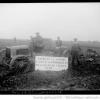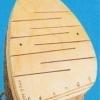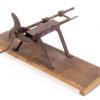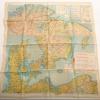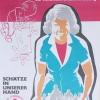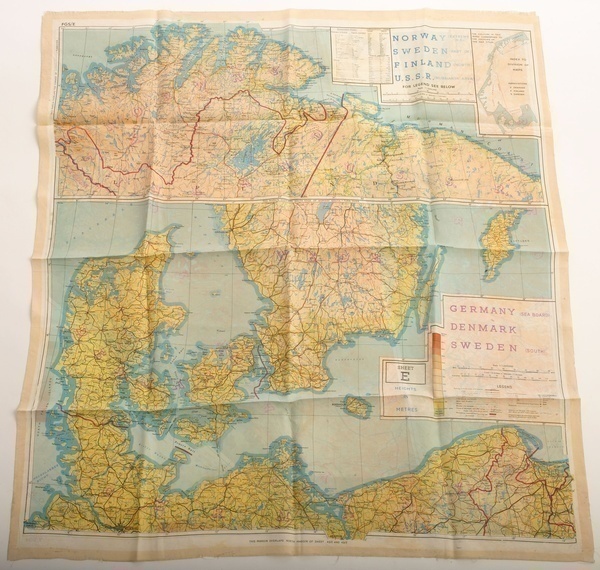Post-war direct recycling
The shortages on European markets remained severe after the war. However, from that point on, recycling re-started functioning in completely different conditions. The disarming countries had large amounts of unnecessary military products for military manufacturing.
While tanks, cannons, and empty shells had to be smelted in order to feed the peace-time industry, other post-war remnants could be recycled directly. With the abundance of demobilized military equipment such as uniforms, women across Europe were busy making everyday clothing from them, sometimes with very few alterations.
Very little alteration was required to convert RAF escape and evasion maps (printed on silk!) into women’s scarves in Great Britain, or German steel helmets to cooking or chamber pots. Such direct recycling was cost-effective, because it did not involve much industrial processing, and the only necessary investment was work and ingenuity.
Still later, in the 1980s, similar ingenuity proved to be valuable in the countries of Eastern Europe, which were struggling with chronic shortages. For example, Polish women were able to sew attractive dresses from cotton diapers.
 Previous Story
Next Story
Previous Story
Next Story
How to cite this page
Slawomir Lotysz, 'Post-war direct recycling', Inventing Europe, http://www.inventingeurope.eu/daily-lives/post-war-direct-recycling





